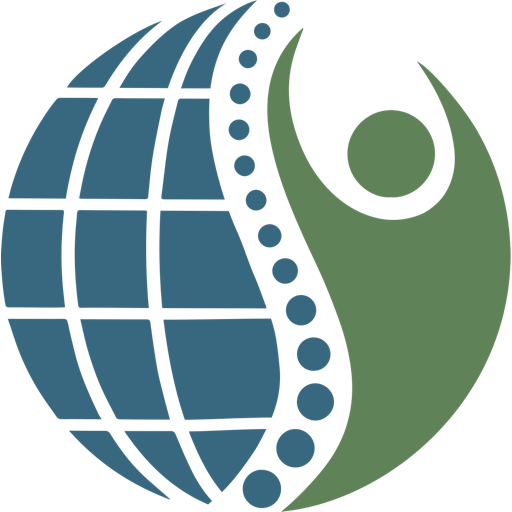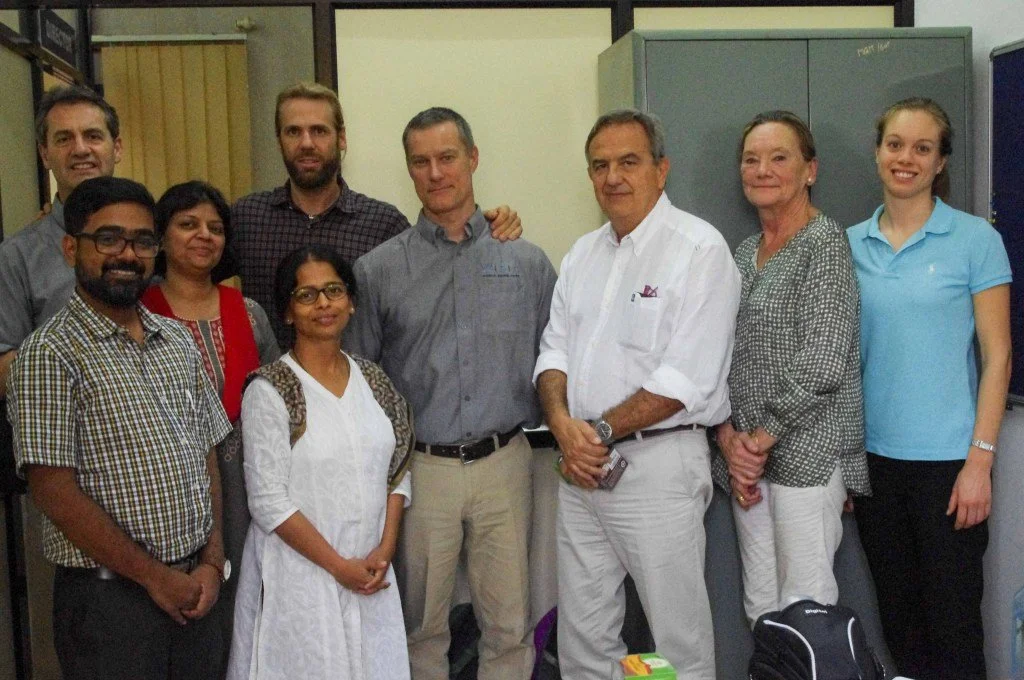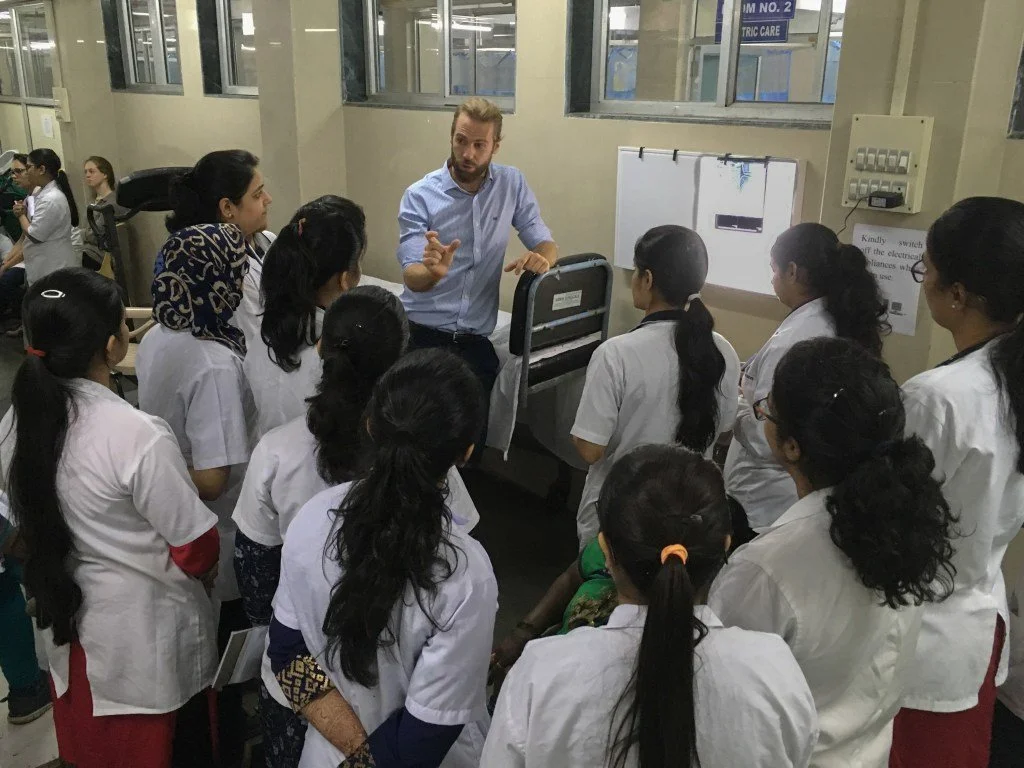Focus on Mahatma Gandhi Mission (MGM) University of Health Sciences, Part 2: The WSC Training Program
This is the second of a 3 part series focusing on the MGM Collaboration Project. Read Part 1 here.
by Carlos Gevers Montoro
Our team spent the first couple of days meeting with administration from both Orthopaedics and Physiotherapy departments and visiting the facilities. Both departments work very closely within the Medical College.
All spine patients initially depend on referrals from the Orthopaedics department, acting as a primary care setting, but we now know that up to 99% of spine patients can be managed with conservative care. It seems obvious that the flow should be reversed, and that patients could be seen by a “Primary Spine Provider”, and only referred for Orthopaedic evaluation when necessary. This more logical patient flow would increase the quality of care, patient outcomes, and satisfaction.
During our second day. we visited Tara, a primary care charity clinic in a rural setting. The leaders of the group, Pradnya Girdhar, and Neelam Jadhar, were already faculty members at MGM, while the rest were enthusiastic interns on their last year of undergraduate training. After seeing the facilities and interacting with close to 100 patients, we had a good idea of how we could help the team and train them to better serve their community.
Members of the WSC implementation team visit a clinic in the rural village of Tara, India.
The next 10 days went by at an amazing pace. It was up to the team to share our expertise on the spine and managing spine conditions in a primary care setting. We lectured full classrooms on neuroscience, documentation, the biopsychosocial model, and an evidence-based approach to physical examination and patient management. We enjoyed fascinating debates on the cultural influences on health and disease. I must admit that I learned much more than I taught during our visit!
Dr. Carlos Gevers Montoro teaches a classroom of physiotherapy students at MGM Institute of Health Sciences
We also had daily tutorial sessions with the team, going over the WSC protocols and toolkit, as well as the importance of documentation, discussing clinical reasoning, and, finally, emphasizing the importance of clean data collection to develop the research that gives all this work its value. Without proper documentation, protocols, and data collection, it would be impossible to export the WSC model of care to other countries.
Dr. Carlos Gevers Montoro teaches the physiotherapy students at MGM Institute of Health Sciences World Spine Care clinic
As we progressed through the theoretical aspects, we were able to see the application of the model to real patient care. After our initial patient-encounter supervision, we saw exciting signs of progress in the interns’ interactions with their patients. Even though we had not introduced any changes to their management, or the care provided, following the WSC protocol and improving their clinical reasoning was enough to see changes in patient care and outcomes.
Stay tuned for Part 3 of our Focus on Mahatma Gandhi Mission (MGM) University of Health Sciences series.





